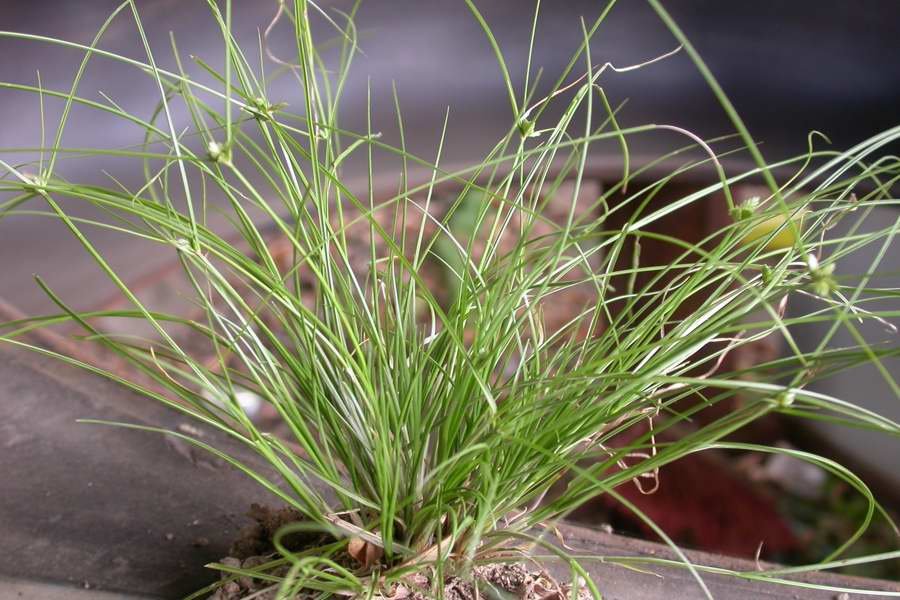 Image 1 of 1
Image 1 of 1


Cyperus gracilis - Slender Flat Sedge
Cyperus gracilis, commonly known as Slender Flat Sedge, is a perennial sedge native to Australia, including regions of New South Wales and Queensland. It typically grows to a height of 0.3 to 0.8 meters and is often found in damp environments such as wetlands, along creeks, and in seasonally waterlogged areas. Cyperus gracilis is easily recognized by its slender stems and dense clusters of fine, spike-like flowers that appear from spring to summer. This species is important for stabilizing soils in wetland habitats and provides food and shelter for native fauna, including various aquatic insects and birds. Its ability to tolerate both wet and dry periods makes it a valuable species for habitat restoration and waterway management.
Cyperus gracilis, commonly known as Slender Flat Sedge, is a perennial sedge native to Australia, including regions of New South Wales and Queensland. It typically grows to a height of 0.3 to 0.8 meters and is often found in damp environments such as wetlands, along creeks, and in seasonally waterlogged areas. Cyperus gracilis is easily recognized by its slender stems and dense clusters of fine, spike-like flowers that appear from spring to summer. This species is important for stabilizing soils in wetland habitats and provides food and shelter for native fauna, including various aquatic insects and birds. Its ability to tolerate both wet and dry periods makes it a valuable species for habitat restoration and waterway management.
